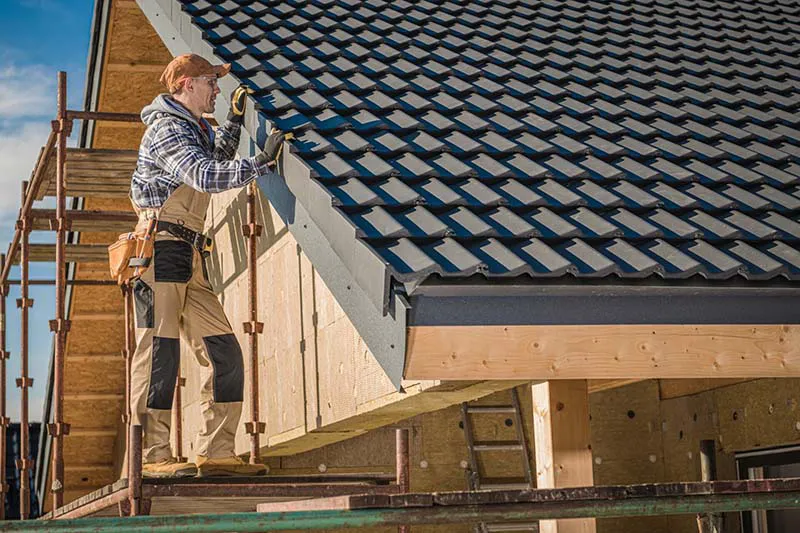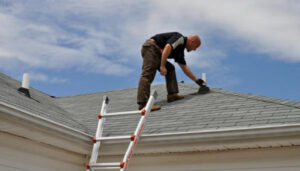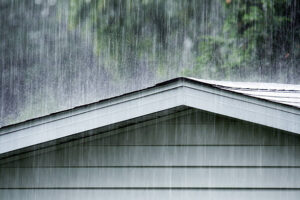The Role of Roof Age in Home Insurance Premiums
When it comes to home insurance, many homeowners are surprised to learn just how much the age of their roof impacts their premiums. While your roof may seem like just another part of your home’s structure, insurers view it as one of the most critical factors in assessing risk. Why? Your roof is the first line of defense against wind, hail, rain, and other natural elements that can cause costly damage. The older your roof, the more risk it presents—and the more you might pay for coverage.
Why Insurers Care About Roof Age
Insurance companies use roof age as a key risk factor when calculating premiums because older roofs are more likely to fail during a storm or leak due to wear and tear. A compromised roof increases the likelihood of water damage, mold, and structural issues—all expensive problems to fix and ones insurers would rather avoid. As a result, homes with older roofs are often tagged with higher premiums or even restricted coverage.
In some states prone to severe weather, such as hailstorms or hurricanes, insurance carriers may even refuse to insure homes with roofs over a certain age unless they have been recently inspected or updated. Some insurers offer limited coverage for roofs that exceed 15 to 20 years, particularly if they are made of lower-grade materials, such as three-tab asphalt shingles.
How Roof Age Affects Your Premium
Most insurance companies categorize roofs into two categories: newer (under 10 years old) and older (10 years or more). Here’s how roof age typically affects your premium:
- Newer Roofs: Homes with newer roofs often qualify for discounts because they’re less likely to experience issues. A new roof made from impact-resistant or fire-resistant materials can result in even deeper savings.
- Aging Roofs (10–20 years): As a roof ages, the risk of failure grows. While not considered uninsurable, insurers often raise premiums and may require an inspection or condition report.
- Old Roofs (20+ years): These roofs pose the greatest risk. Insurers may provide only limited coverage, refuse to replace the roof at full value (offering actual cash value instead of replacement cost), or decline to renew the policy altogether.
What You Can Do
If your roof is more than 10 years old, consider these proactive steps:
- Schedule an Inspection: A professional roofing inspection can document your roof’s condition, helping to reassure insurers.
- Invest in Upgrades: Replacing an aging roof with durable materials, such as metal, architectural shingles, or tile, can improve your home’s insurability and even qualify you for policy discounts.
- Ask About Discounts: Some insurers offer credits for wind mitigation, Class 4 shingles, or other protective upgrades.
Final Thoughts
Your roof plays a larger role in your home insurance than you might think. While replacing a roof can be a significant investment, it can also lead to long-term savings on insurance and peace of mind during storm season. If you’re unsure how your current roof is affecting your premiums, talk to your insurance agent or schedule a roofing inspection. Staying ahead of roof aging isn’t just smart maintenance—it’s smart insurance.







